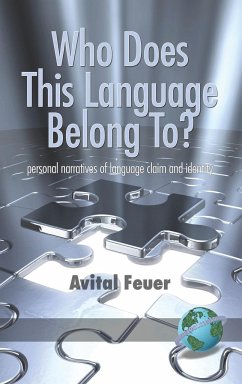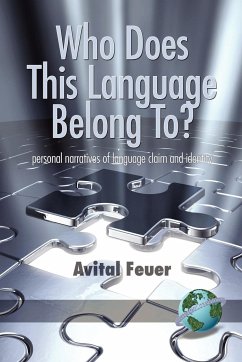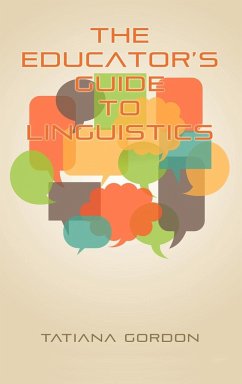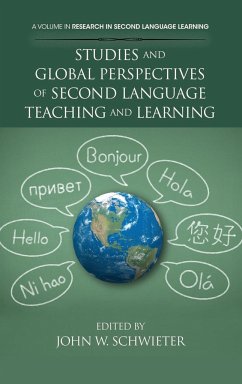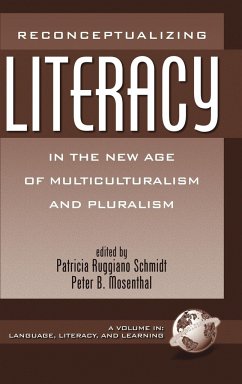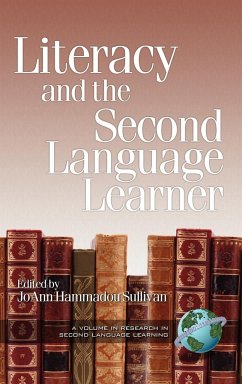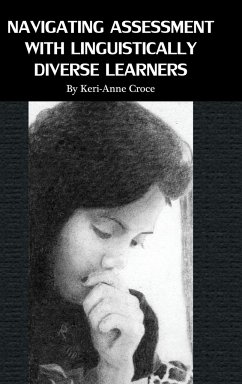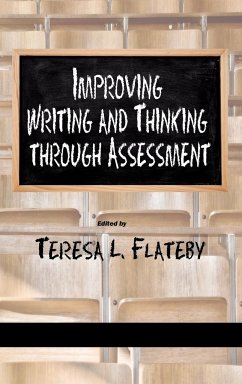In this Hebrew language learning setting, students' backgrounds and histories are diverse: some were born and raised in Canada, the United States, or South Africa and studied Hebrew at Jewish day schools; others were born in the former USSR, immigrated to Israel as children, and moved to Canada with their families as teenagers; others were children of Israeli emigrants who learned Hebrew at home. This ethnographic qualitative study examines two conflicting camps within the Hebrew class, defined by themselves and Othered by opposing sub-groups as "Canadians" and "Israelis". As the students and the author negotiate their strong ties to the language with Othering and exclusion by other sub-groups from the dominant speech community, the sentiment of the Israeli emigrant professor regarding her students hangs overhead: "None of them are Israelis. None of them are native speakers of Hebrew." Who does this language belong to? Which subgroup can declare authenticity as real, rightful owners of the language and its indelible culture and identity? As language programs worldwide deal with a diverse and heterogeneous student population who enter the classroom categorized as heritage, second, bilingual, foreign, or native language speakers, this book addresses clashing and Othering between sub-groups over the authenticity of the variety of the language and its speakers, and who can rightfully claim the language as their own.
Bitte wählen Sie Ihr Anliegen aus.
Rechnungen
Retourenschein anfordern
Bestellstatus
Storno

